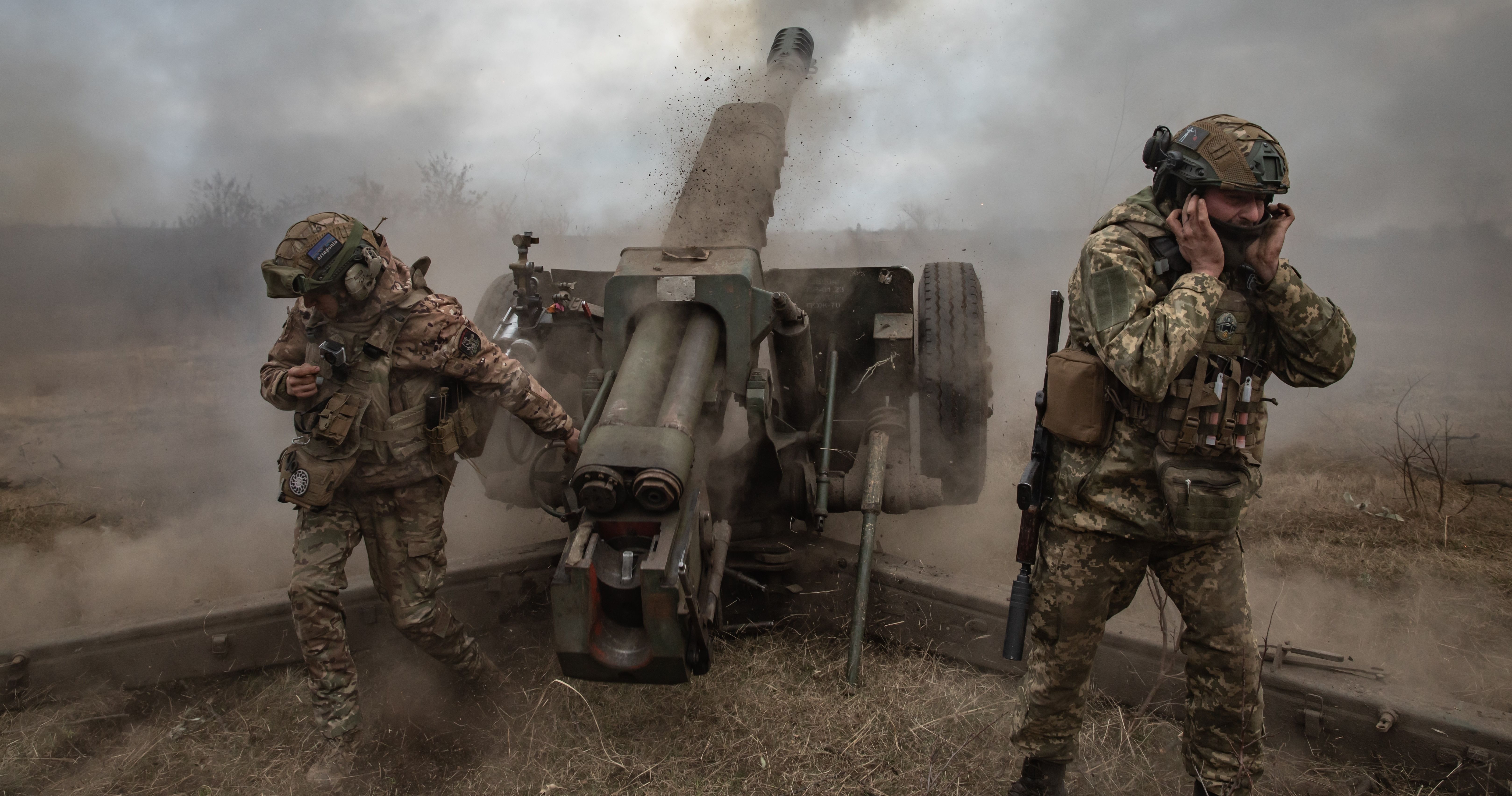Exactly how much money does the U.S. have left for Ukraine? After nearly two years of conflict and $113 billion in appropriations, it’s a more complicated question than one might expect.
“We have time, not much time, and there’s an overwhelming sense of urgency,” President Joe Biden said Sunday after the House avoided a government shutdown by blocking $4.5 billion in military aid and $1.5 billion in humanitarian support for Ukraine, which the Senate had already approved.
With anti-Ukraine aid Republicans threatening to revolt in the House, Speaker Kevin McCarthy (R-Calif.) will now have to decide whether to risk losing his speakership in order to get new money for Kyiv through Congress (with Democratic help). But it remains unclear whether that funding is as desperately needed as Democrats now claim.
One important point is that the debate today centers around military aid, not humanitarian support. When it comes to economic aid, the Biden administration still has access to at least $23 billion in uncommitted funds, according to the Kiel Institute, which recently estimated that the U.S. has only used $27.3 billion of the $50 billion Congress allocated for humanitarian and financial aid. (One potential wrinkle is whether those funds are limited to fiscal year 2023, meaning that the administration could have already lost access to this money.)
The biggest question surrounding humanitarian aid is why the U.S. has been slow in doling it out. One reason for the more gradual approach to the economic aid is potential corruption in Ukraine, which the Biden administration quietly views as a major problem, according to a strategy document leaked to Politico on Monday.
As John Sopko, the Special Inspector General for Afghanistan Reconstruction, told RS earlier this year, “when you pour that much money in, even if it's the most noble cause in the world, you can't help but waste a lot.”
The military situation is more complex. As Defense News recently reported, the White House has run out of one key funding stream: the Ukraine Security Assistance Initiative, which is the program that allows the Pentagon to contract with American weapons makers to build new weapons that will help build up Kyiv’s military in the long-term. In other words, the effort to bolster Ukraine’s forces for a long fight is now on hold until Congress appropriates new money.
In the near-term, the Biden administration has been far less clear about the resources at its disposal. While our own tracker, which is based exclusively on Department of Defense press releases, shows that the U.S. only has about $1.5 billion in funds for sending surplus military equipment to Ukraine, the White House argues that an accounting error has left it with at least an extra $4 billion in “drawdown” money. (That error, it should be noted, has led to an ongoing investigation by the Pentagon’s inspector general.)
If the U.S. really does have $5.5 billion left in the coffers, then lawmakers are straining credulity when they argue that “there’s not enough money today” to help Ukraine in its fight against Russia. Even if the administration only has $1.5 billion left, the White House could send several more tranches of weapons before running out of funds.
The fact that the administration is raising so much concern about running out of money suggests that it feels pressure from Republicans who continue to raise questions about the Pentagon’s accounting error.
“I’m not necessarily opposed to supporting the Ukrainians further, but I am opposed to doing it at this point without some sort of explanation from the executive branch,” Rep. Mike Garcia (R-Calif.) said recently. “You can’t give a blank check to the executive branch.”- Freedom Caucus won’t support Ukraine ‘blank check.’ What's that mean? ›
- Update: Biden asks Congress for $25 billion in new Ukraine aid ›
- House Speaker crisis bodes ill for Ukraine aid - Responsible Statecraft ›
- With All Eyes on Israel-Gaza, Ukraine is losing war momentum - Responsible Statecraft ›
- Diplomacy Watch: Biden administration scrambles to secure more aid for Ukraine - Responsible Statecraft ›
















